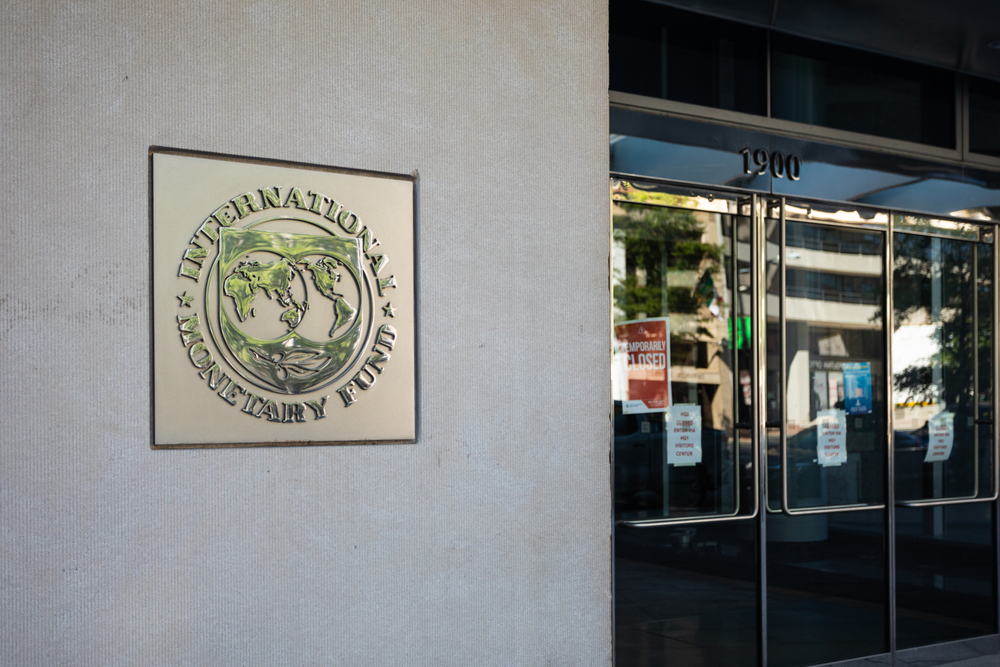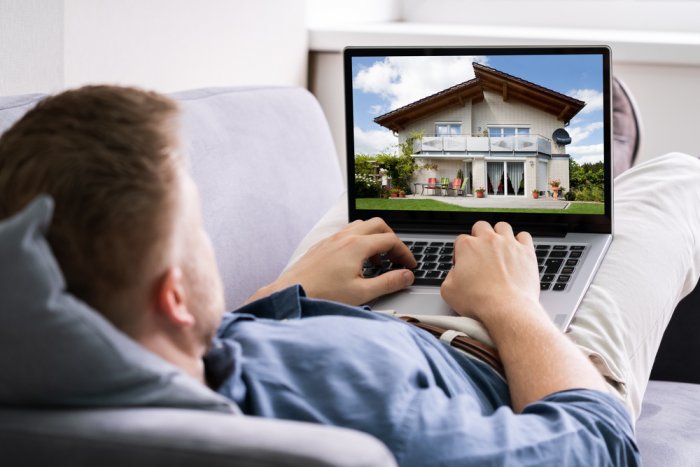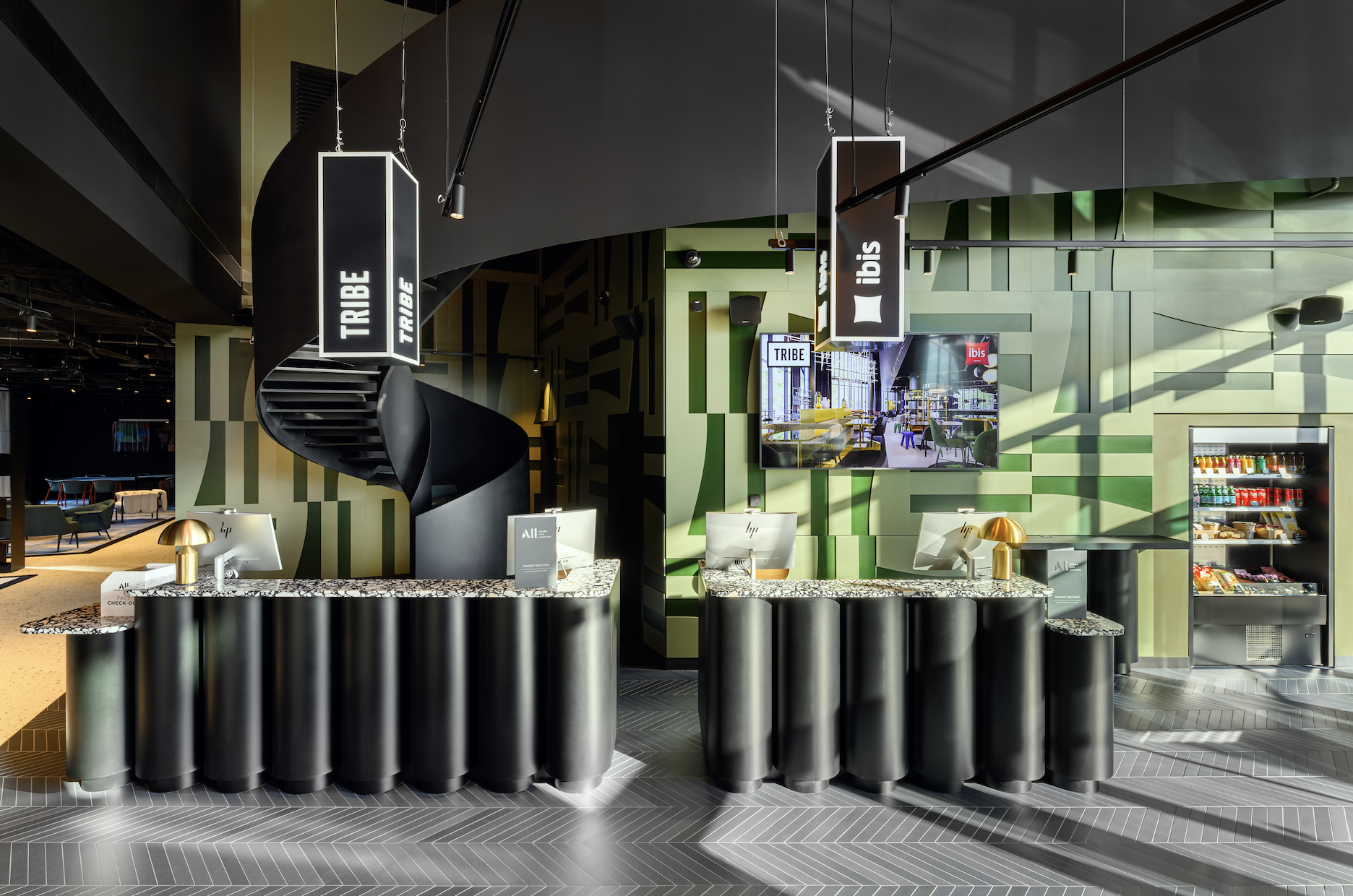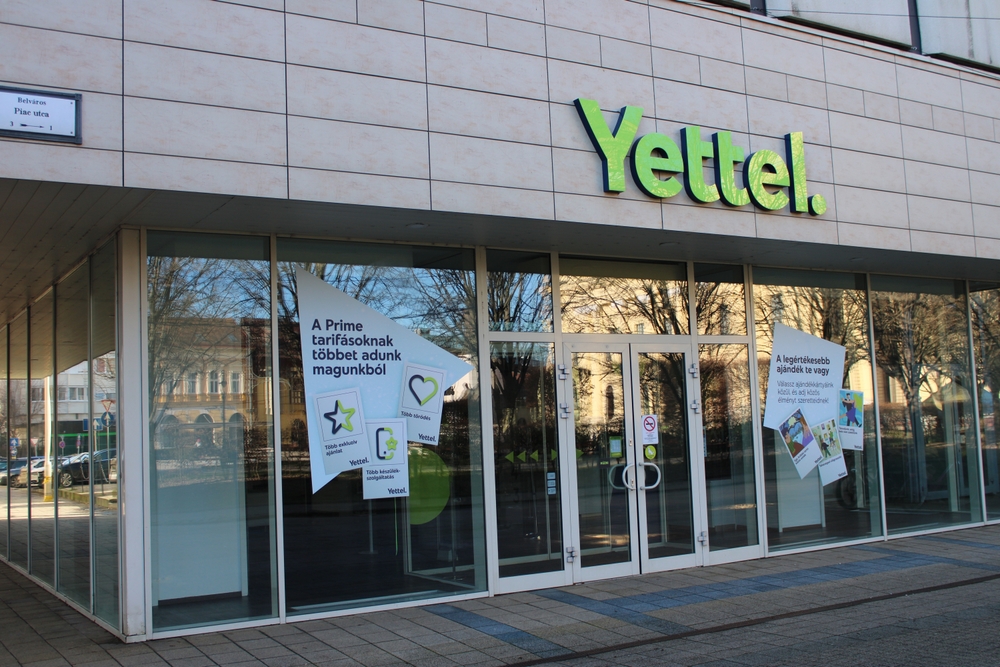Office Market Leads Commercial Real Estate In Green Issues, Public Sector Lagging

Real estate editor Gary Morrell speaks with Zsombor Barta, vice-president of the Hungarian Green Building Council (HuGBC) and responsible for international relations at the National Council for Sustainable Development, about progress in Budapest and the wider region.
Zsombor Barta
BBJ: What percentage of office developments in Budapest are LEED and BREEAM accredited?
ZsB: We have no official data for that, but according to some real estate agency estimations, approximately 5-7% of Budapest developments are already certified. As there is not sufficient data available for the CE region, one can only estimate for the international market. Certifications are generally concentrated in bigger cities or hubs in the region. Rural areas or cities are, unfortunately, not affected by this general market trend.
BBJ: Is it affecting other market segments and the public sector?
ZsB: Other commercial property market sectors are impacted by the “sustainability movement”, as prestigious projects are also the subject of certifications. The retail sector, especially, is adopting sustainability issues and some logistic and industrial companies are also using certification. However, this is not yet a common standard for the overall commercial real estate sector. The public sector is very slow in adoption, although the social and overall positive effect would be enormous, therefore there is an urgent need for it.
BBJ: How is green accreditation improving the infrastructure and atmosphere of the city and how could it be further improved?
ZsB: Certifications provides only a framework for a sustainable real estate sector; the behavior of the facility management and end-users is even more important if significant effects are to be demonstrated. There is much to do to educate end-users and the general public. Certifications can be seen as a good tool for this, however there is still a lot more to do in the region. Sustainability is an essential goal for all cities and the built environment, especially for creating a livable environment for the people.
BBJ: Is the market and sustainability regulations impacting the planning, letting and property management of commercial property in the same way and at the same time?
ZsB: The so-called almost net-zero energy use building regulation which will be obligatory from 2020 is already affecting building design. However, this is truly about energy use and overall sustainability issues are not (yet) regulated, or there are no real incentives for developers to take care of the environment and sustainability. This is a missing issue, which should be addressed in the near future by the regulatory bodies.
BBJ: How do you see the WELL system impacting the look and feel of office interiors?
ZsB: As WELL is truly about a healthy internal environment and the wellbeing of the end users, this new certification provides a very good framework for how to create a livable and healthy internal environment, which is also managed in the long-term. This is a clear benefit for end-users. However, to create a really sustainable built environment, it is important to see the boundaries and borders of these systems. The building itself should benefit from green building certifications, like BREEAM or LEED, and the interior design and management should benefit from the WELL framework. WELL is a very new system, which is becoming popular in Hungary, however it is important to emphasize the importance of the long-term facility management and end-user behavior in order to create and to maintain a really healthy and livable built environment.
BBJ: How could the transport system be improved?
ZsB: In terms of Hungary, the public transportation network can be seen as very good, especially when compared to the CEE Region. However, vehicles and smart information system needs to be urgently upgraded in order to make public transportation more popular, user friendly and up-to-date. Transportation in general needs to be shifted towards alternative and healthy options, including the idea of a shared and circular economy. It is not enough to install, for example, electrical car chargers; it is also important to know where the energy source is generated from. On-site renewable energy production should become a much more important issue than it is nowadays.
BBJ: What should the priorities of developers be in locating a building project?
ZsB: Our built environment has many historical sources and elements, which should be protected, restored and renovated. Further, existing brownfield sites should be preferred for real estate development rather than green surfaces. Also the creation of new public green sites would be a very important issue, as currently municipal (public) and commercial developers rarely add new green sites to the city (or municipalities).
BBJ: How can air quality be improved?
ZsB: Air quality is a complex issue. The overall goal would be to have a healthy environment and good (external) air quality. For this transportation and industry needs to be upgraded and continually monitored. Further, additional quality green spaces and surfaces help to improve the air quality. If the external air quality is already at an acceptable level, the built environment’s internal air quality also needs to be improved. This can be done with selected building materials, a healthy indoor environment with plants etc. If all of this can be improved, the livability of the built environment can be improved as well.
BBJ: Is accreditation a pre-requisite for sale to an investor?
ZsB: For many investors, green building certification is within their pre-selection procedure. But not only investors, but also tenants and customers are increasingly requiring certification. This is helpful for the wider adaptation and implementation of them.
BBJ: What has the third party accreditation systems achieved?
ZsB: Certifications can help to add quality and to concentrate on holistic sustainable issues. Also, the construction industry has been influenced by the systems as the holistic requirements for general contractors are pushing this sector towards higher quality. Building material selection is also shifting the trend towards quality products with a low environmental impact. This means that building material producers are also influenced by this trend. End-users and real estate specialists now consider sustainability as a “must-have” issue, which is a significant change and shift compared to the situation approximately ten years ago.
SUPPORT THE BUDAPEST BUSINESS JOURNAL
Producing journalism that is worthy of the name is a costly business. For 27 years, the publishers, editors and reporters of the Budapest Business Journal have striven to bring you business news that works, information that you can trust, that is factual, accurate and presented without fear or favor.
Newspaper organizations across the globe have struggled to find a business model that allows them to continue to excel, without compromising their ability to perform. Most recently, some have experimented with the idea of involving their most important stakeholders, their readers.
We would like to offer that same opportunity to our readers. We would like to invite you to help us deliver the quality business journalism you require. Hit our Support the BBJ button and you can choose the how much and how often you send us your contributions.









